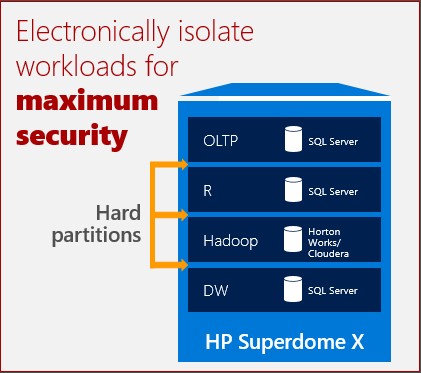
Hello Dear Reader! Recently we hosted a webinar for Pragmatic Works, Mission Critical Applications SQL Server and Superdome X. The brilliant engineers over at HP invited Pragmatic Works to be the premier partner working with them to execute proof of concept (POC) engagements for clients. This has allowed us to take a close look at the hardware and see where it can really help people.
So let’s discuss the Top 5 reasons you should consider using a Superdome X with mission critical applications.
5. Number 1 Leader in the Gartner Magic Quadrant
|
SQL Server is the number one leader for ODBMS’s in the most recent Gartner Magic Quadrant. This is because of the investments made in the last several versions of SQL Server. Enterprise edition is still king in the world of SQL Server. Unlike Oracle where you pay per feature enabled, you receive every feature of SQL Server when using an Enterprise Edition license. This includes features like AlwaysOn Availability groups, In-Memory OLTP, Compression, Transparent Data Encryption, backup compression/encryption and more! |
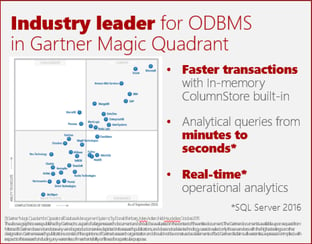 |
4. Data Warehousing: When You Cannot Use an APS/MPP Appliance
Data warehouses are continuing to grow and scale. If you have a nice dimensional model, static reporting queries, and do not need to deal with the constant introduction of new data sources then congratulations!
For the rest of us that live in the real world, I offer you some moral support and hope. To scale a data warehouse you have two options Scale out vs. Scale up. Scale out is the process of using an MPP, Massive Parallel Processing, appliance. The people who find themselves in paragraph one are prime candidate for another HP offering the Analytic Platform System, APS aka the artist formerly known as the PDW. Scaling out requires some tuning to the data, and a migration to a hardware appliance. For those who cannot scale our your only choice is to scale up.
Scaling up consists of buying more powerful hardware. Superdome X is the flagship server for HP. It can have up to 288 physical cores, 576 logical cores, and up to 24 TB of DDR4 memory. In short, this is the most powerful hardware you can run SQL Server on. Windows 2016 and SQL Server 2016 will have the capability to use up to 12 TB of physical memory, up from 2 TB in the previous release.
There are plans to enable SQL Server 2014 to use up to 12 TB of physical memory on Windows 2016, but that will be part of a not yet announced service pack.
This addresses the Number #1 Performance issue facing large scale data warehouses. Lack of memory. Need to scale up? Have memory waits, or issues with lack of memory on your server. You ship has officially come in, and it’s a Superdome.
3. Virtualization and Consolidation
We have a lot of customers that are looking at consolidating their physical SQL Server environment. When you do this you need to find hardware that can scale to support your environment. Superdome X servers can have up to 8 physical blades per rack.
Each blade can have a maximum of 36 physical cores, 64 logical cores, and up to 4 TB of DDR4 memory. This allows you to very easily determine your environment, select the number of blades you need for purchase, and can leave you extra room for future blade expansion.
One recent customer engagement we had utilized 3 blades. Two for production, one blade for the customer’s development and test environment. This left 3 blade spots for future expansion.
You also can have hot swappable hardware for memory units, blades, or CPU’s. Superdome X can call for service if a hardware component is having issues, and can adapt in order to keep from reducing hardware capacity to guest machines.
2. SQL Server 2016 (In-Memory OLTP, R Support, Polybase)
If you are looking at utilizing SQL Server 2016 then there are a lot of advanced features you are probably considering. In-Memory OLTP database get a big upgrade in syntax, features, supportability, and a size increase from 256 GB to 2 TB. If you want to run that heavy, you need a lot of memory. Here’s a quick list of just the In-Memory OLTP changes.
|
Feature/Limit |
SQL Server 2014 |
SQL Server 2016 |
|
Maximum size of durable table |
256 GB |
2 TB |
|
LOB (varbinary(max), [n]varchar(max)) |
Not supported |
Supported* |
|
Transparent Data Encryption (TDE) |
Not supported |
Supported |
|
Offline Checkpoint Threads |
1 |
1 per container |
|
ALTER PROCEDURE / sp_recompile |
Not supported |
Supported (fully online) |
|
Nested native procedure calls |
Not supported |
Supported |
|
Natively-compiled scalar UDFs |
Not supported |
Supported |
|
ALTER TABLE |
Not supported |
Partially supported |
|
(DROP / RECREATE) |
||
|
DML triggers |
Not supported |
Partially supported |
|
NULLable columns on Indexes |
Not supported |
Supported |
|
Non-BIN2 collations in index key columns |
Not supported |
Supported |
|
Non-Latin codepages for [var]char columns |
Not supported |
Supported |
|
Non-BIN2 comparison / sorting in native modules |
Not supported |
Supported |
|
Foreign Keys |
Not supported |
Supported |
|
Check/Unique Constraints |
Not supported |
Supported |
|
Parallelism |
Not supported |
Supported |
|
OUTER JOIN, OR, NOT, UNION [ALL], DISTINCT, EXISTS, IN |
Not supported |
Supported |
|
Multiple Active Result Sets (MARS) |
Not supported |
Supported |
|
SSMS Table Designer |
Not supported |
Supported |
Data scientist use R quite heavily for analytical functions. Microsoft is integrating R native query features and support for the CRAN libraries. Data science requires a lot of memory for processing complex computations. You may be sensing a theme here. Memory is really important. Superdome X’s class leading 24 TB will go a long way to projects like R.
Polybase is a feature that allows SQL Server 2016 to create something called an external table. Think linked-servers but 100 million times better. Hopefully external tables replaces linked servers. This allows you to define a table structure external to SQL Server and then query it using T-SQL. The core area where this is currently in use is against big data systems like Hadoop, Cloudera, HDInsight, or Azure Blob storage. With the rise of the IoT, internet of things, having big data repositories to capture lots of data and quickly, the need to query that data is huge.
If you don’t have the budget, time, or bandwidth to learn how to write U-SQL and consume it, you can create and external table and use the T-SQL syntax we all know and love, (or at least have a love hate relationship with). In short, no need to pick up a new skill set. Query big data quickly. You may have guessed, 24 TB of memory will help you with this as well.
1. Hard Partitions: Security, Lunix, Windows and SQL Server Licensing
|
The number one reason? Hard partitions. When you buy a Superdome X, you do not need all of the blades to be part of the same server. Furthermore you do not need the blades to be part of the same domain, or even to run Windows. Using the Polybase example above, when you stand up a big data environment you will need to stand up a big data cluster. You could install Lunix on a hard partition and then add multiple Cloudera or Hadoop virtual machines. You could use another hard partition to house your SQL Server that will have Polybase running against your Hadoop cluster. |
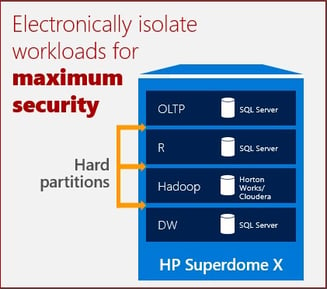 |
The beauty of this whole thing is found in the SQL Server licensing. Unlike other servers where you have to license the entire host, you can license SQL Server per hard partition. If you want 2 blades of SQL Server that means you license 72 physical cores. If you have another 6 blades you can use them how you like. If another 2 are your development environment, you could license SQL Server Developer edition at a substantially reduced cost compared to licensing the whole host for SQL Server Enterprise edition.
If you do not want your Development environment and Production environment on the same domain? No problem. Hard partitions can exist and operate in seclusion from one another. Need a DMZ that has no domain. No problem, you can do that as well.
This saves you money, while still maintaining hardware flexibility. This is my number one reason, and when HP taught us this my jaw dropped. This is a game changer for any large enterprise engagement where you are standing up new hardware.
Alright Dear Reader, those are my Top 5 reasons for considering Superdome X. Hit us up on Twitter and let us know what your reasons are!
Click here to see how Pragmatic Works can help you migrate to Superdome X.
Sign-up now and get instant access
ABOUT THE AUTHOR
Free Trial
On-demand learning
Most Recent
private training



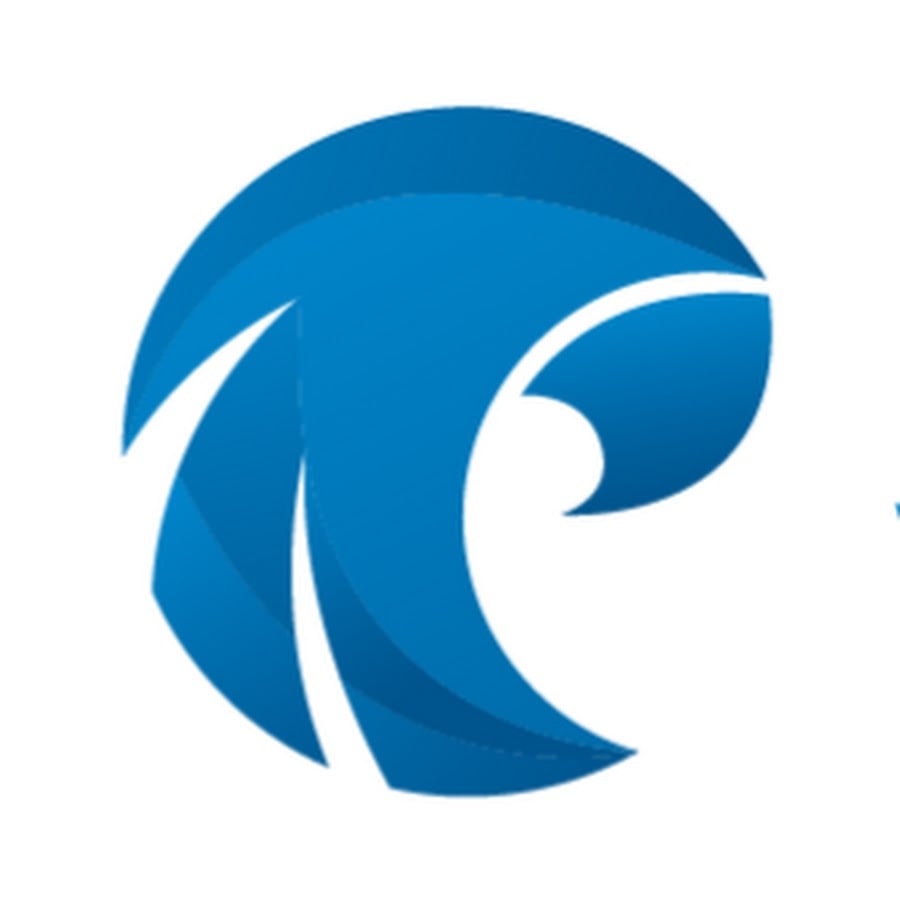


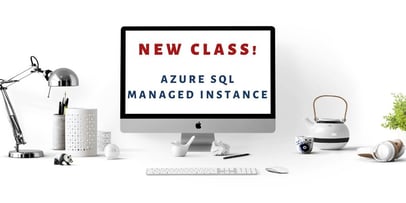


-1.png)
Leave a comment